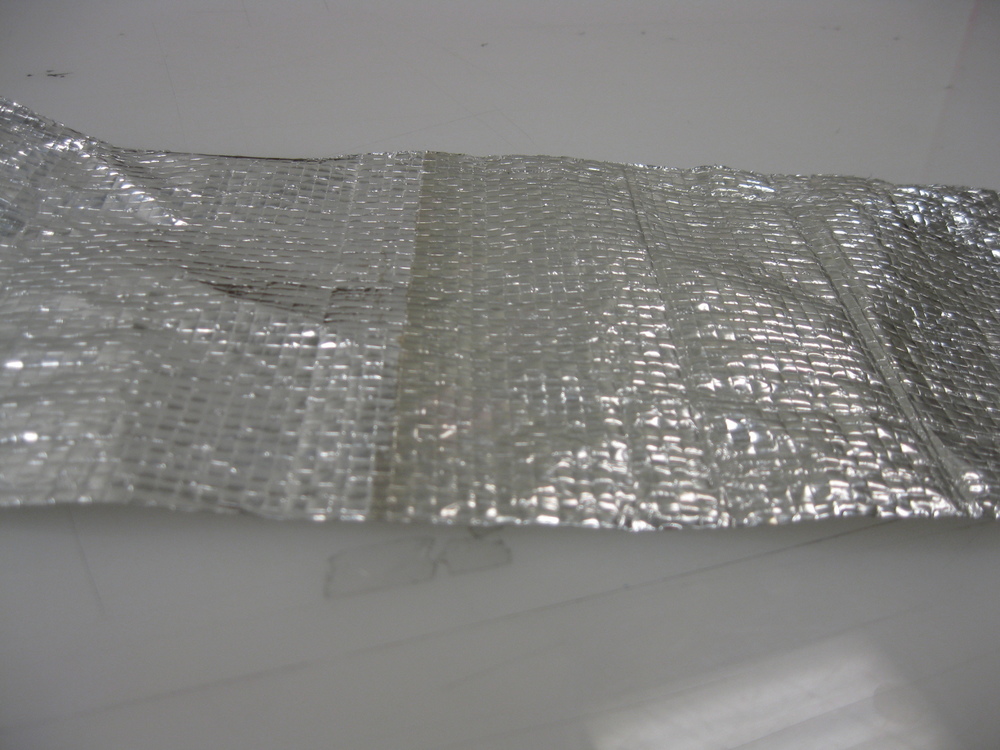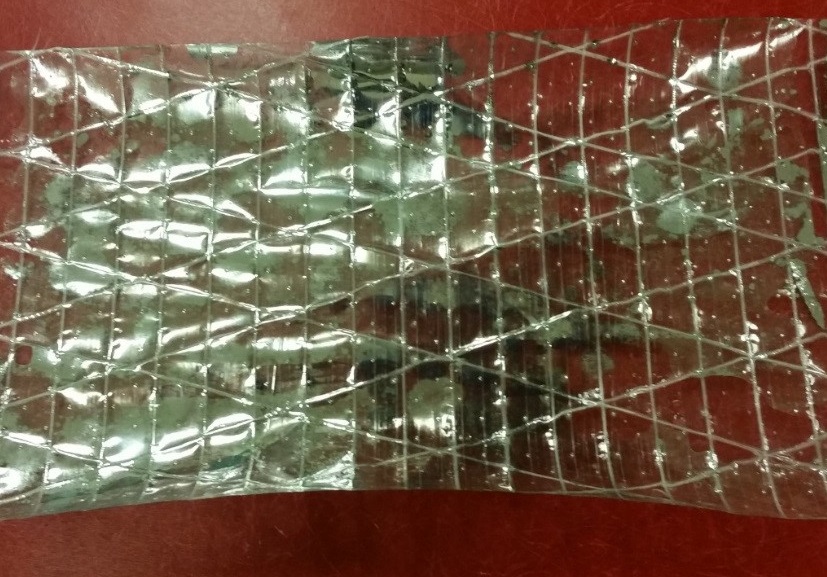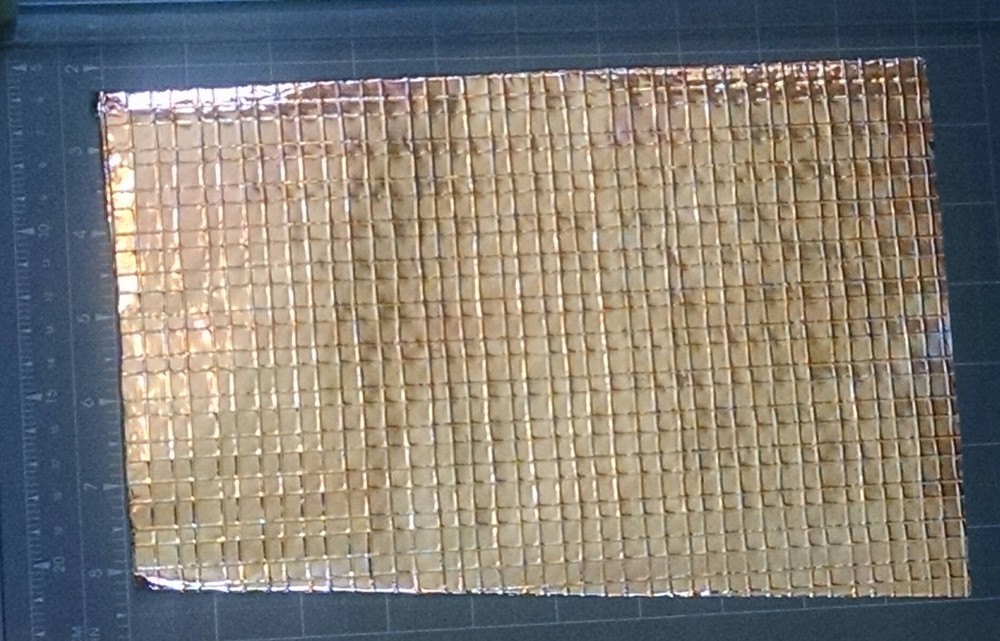Radiant barrier type insulation relies solely on its low emissivity to insulate, providing no resistance to convection or conduction. As a result, anything that might affect the radiant barrier’s emissivity, like metal corrosion, should be a primary consideration in purchasing a product. Emissivity is expressed as a percent indicating how much infrared radiant heat is allowed to “emit” from it, as opposed to reflecting off it.

Historically radiant barriers have been made with aluminum, from aluminum foil to aluminum vacuum deposited onto a plastic film or substrate. This makes sense with aluminum being inexpensive, easily available, and naturally low emissivity - pure aluminum having an emissivity of 0.03 (or 3%). One issue with aluminum, though, is that it is a highly reactive metal, corroding when exposed to humidity and increasing in emissivity. Radiant barrier manufacturers have a developed a number of solutions to deal with this corrosion problem and mitigate the effects of humidity.
Aluminum foil radiant barriers consist of thick aluminum (over 100 microns), so even if the aluminum on the top surface corrodes and increases in emissivity, the hydroxide and oxide layers are still relatively thin, and the uncorroded aluminum below is able to maintain its low emissivity. Due to the relative stability of the oxide and hydroxide layers, once the outer surface is corroded, the emissivity won’t increase significantly more. These aluminum foil radiant barriers may only increase emissivity to 0.08 (or 8%) unless exposed directly to liquid water, in which case the process can continue.

After issues with electrocutions and changes to the fire code in 2009 and 2010, many radiant barrier manufacturers started using vacuum metalized aluminum plastic films and fabrics instead of aluminum foils. These products are made in vacuum deposition processes and consist of aluminum just nanometers in thickness applied to a plastic film, one molecule at a time. Due to the small amount of aluminum actually on the film, once these products see humidity in the air and start to corrode, there isn’t enough aluminum below it to stabilize, and the aluminum corrodes all the way through. As a result, these products can increase in emissivity to above 0.35 (35%).
To address the loss of performance caused by corrosion, many of these manufacturers developed methods of coating the aluminum to protect it. Different manufacturers use different formulations in their coatings, but the end goal is the same - to apply a layer thin enough to not dramatically affect the initial emissivity, but strong enough to stand up to extreme humidity over time. Generally speaking, radiant barrier products with this type of coating usually start out with an emissivity of 0.04 (4%) to 0.05 (5%) as opposed to 0.03 (3%), which is a small price to pay to ensure the radiant barrier will not increase emissivity after it’s been installed. Depending on the product, the emissivity could increase up to 0.08 (8%). Of course, some coatings are more effective than others, and the formulation of the coating and the level of protection offered is seldom shown on the manufacturer’s spec sheet, let alone the product’s packaging.

Recently, Sigma Technologies found a different solution, which seems obvious in retrospect - use a metal other than aluminum. The lowest emissivity natural metals are aluminum, copper, silver and gold. These noble metals are all lower emissivity than aluminum and significantly more resistant to corrosion. By using a similar vacuum deposition process, Sigma was able to apply nanometers of copper to a plastic substrate, and then apply a protective top-coat over the copper to prevent patina, achieving a final emissivity of about 0.03 (97% reflective). The resulting copper radiant barrier only increased in emissivity by 0.002, which is well within the margin of error of the test. This is because, as a “noble metal” copper doesn’t corrode in moisture, even under the most extreme conditions.


